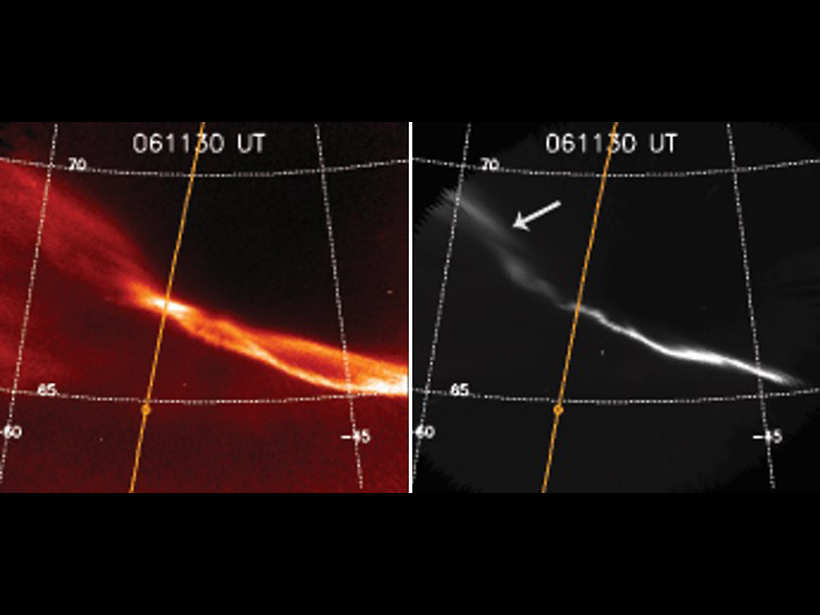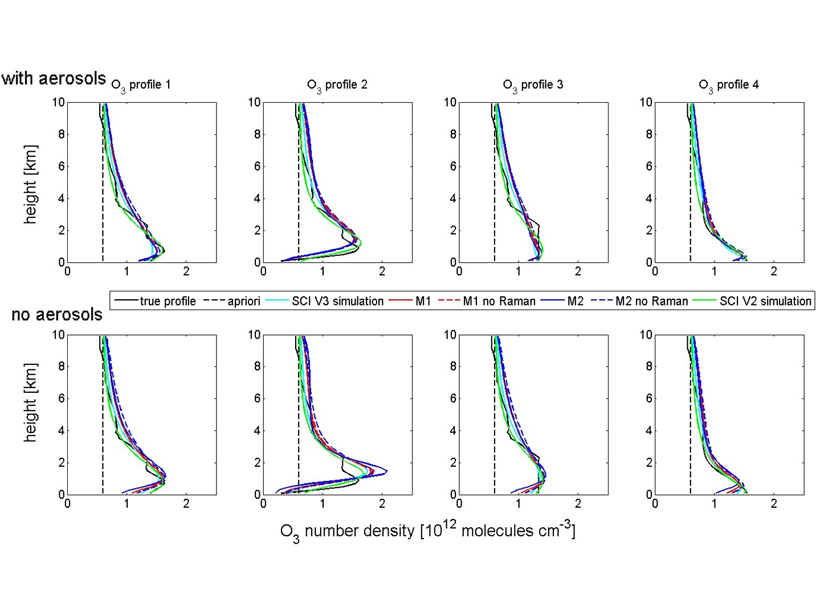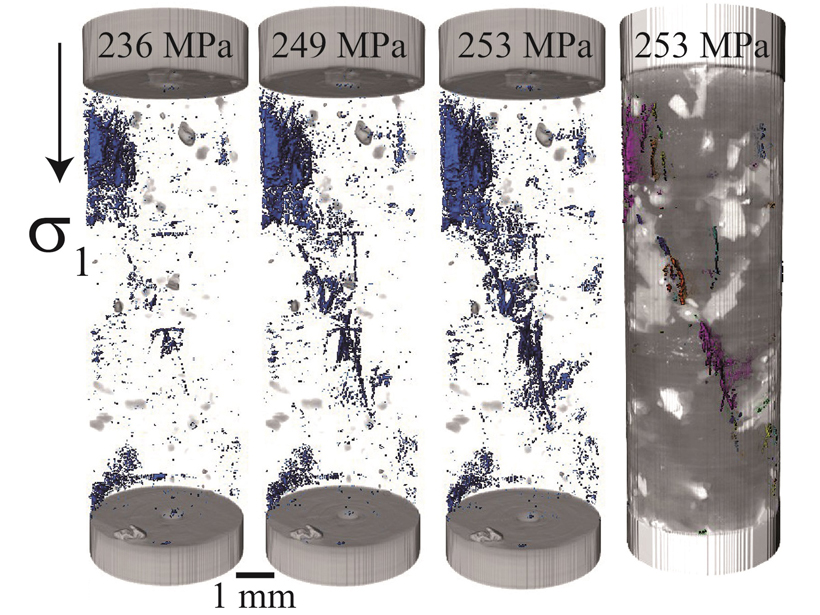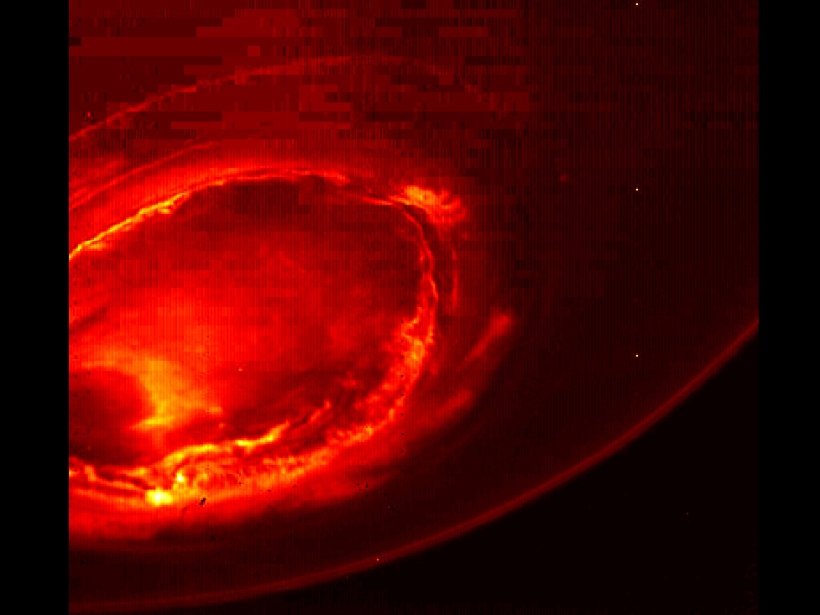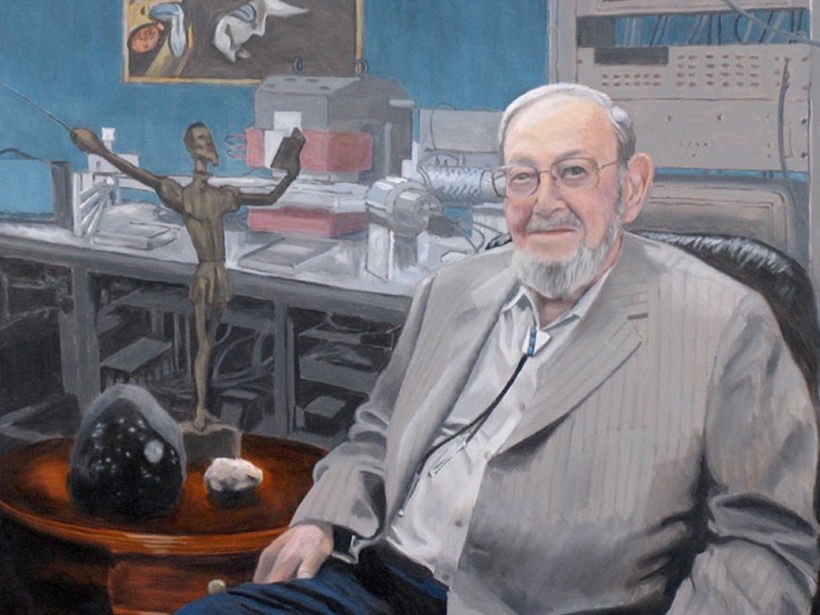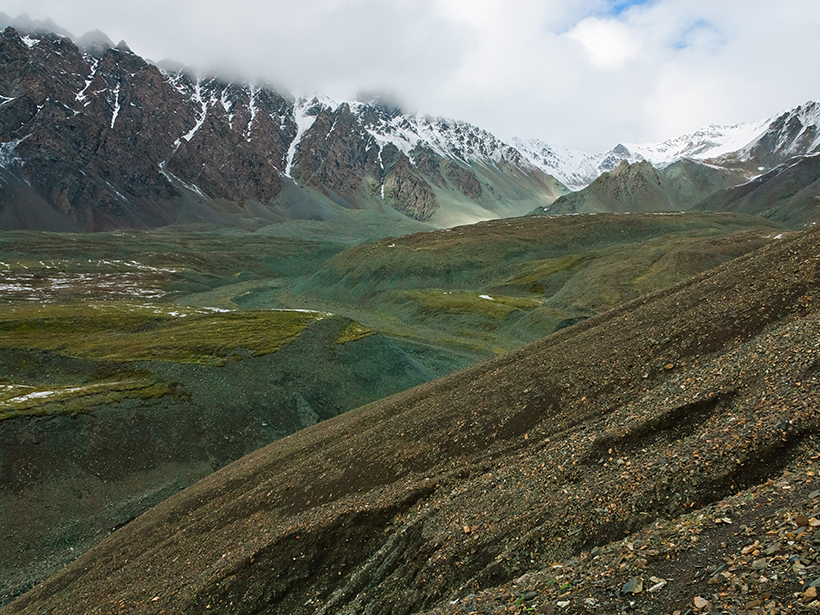Green-line arc is found to be embedded within large-scale upward field aligned currents while red-line-only arc is found to be associated with low-energy precipitation bursts.
spectroscopy
Retrieving Tropospheric Ozone from Ground-based Spectroscopy
A new technique can retrieve the profile of ozone from surface to tropopause by MAX-DOS ground-based measurements.
Fresh Take on a Gold Treasure’s Origins Using Geochemistry
Blending geoscience and archaeology, researchers apply a new technique to pinpoint where ancient and unique gold artifacts were crafted.
What Happens Inside Rocks as They Fail?
An innovative technique provides micro-scale resolution on the three-dimensional evolution of damage within crystalline rocks that leads to fault nucleation.
Airborne Laser Spectroscopy System Can Map Atmospheric Gases
A new versatile spectroscopy system could create ultraprecise maps of Earth’s atmosphere, detect methane emission sources, and scan for chemical weapons.
New Technique Could Help Scientists Track Nitrous Oxide Sources
A long-term study in Switzerland reveals the promise of a new method to determine isotopic composition of the potent greenhouse gas.
Mysterious Particle Beams Found over Jupiter’s Poles
The unexpected character of the beams, revealed by NASA’s Juno spacecraft, suggests that the processes that produce Jupiter’s auroras are unlike those on Earth.
Lab Tests Probe Carbon Planets’ Inner Dynamics
Thermal convection in deep interiors could be more vigorous in carbide planets than in comparably sized silicate planets, according to new high-pressure measurements of silicon carbide.
Gerald J. Wasserburg (1927–2016)
A leading geochemist who became well known for creating the first high-precision mass spectrometer, called Lunatic I, that measured isotope ratios in lunar samples from the Apollo missions.
Surveying Alaskan Minerals from Afar
By using hyperspectral imaging, researchers test their ability to find copper in remote areas.

